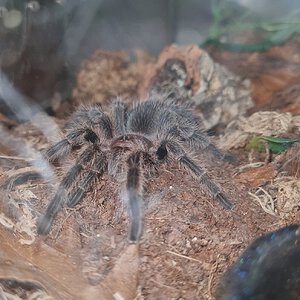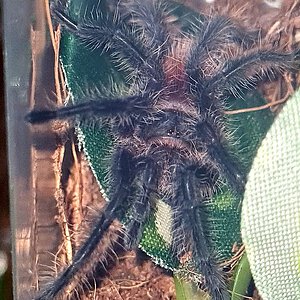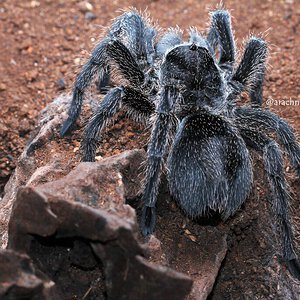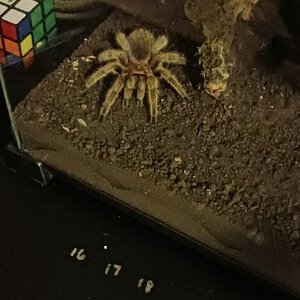Media information
- Category
- Grammostola
- Added by
- Arachnid Addicted
- Date added
- View count
- 933
- Comment count
- 10
- Rating
- 0.00 star(s) 0 ratings
Image metadata
- Device
- Canon Canon EOS 60D
- Aperture
- ƒ/20
- Focal length
- 43.0 mm
- Exposure time
- 1/250
- ISO
- 250
- Flash
- On, fired
- Filename
- _MG_1071.JPG
- File size
- 2.4 MB
- Date taken
- Wed, 21 April 2021 3:48 PM
- Dimensions
- 5184px x 3456px







